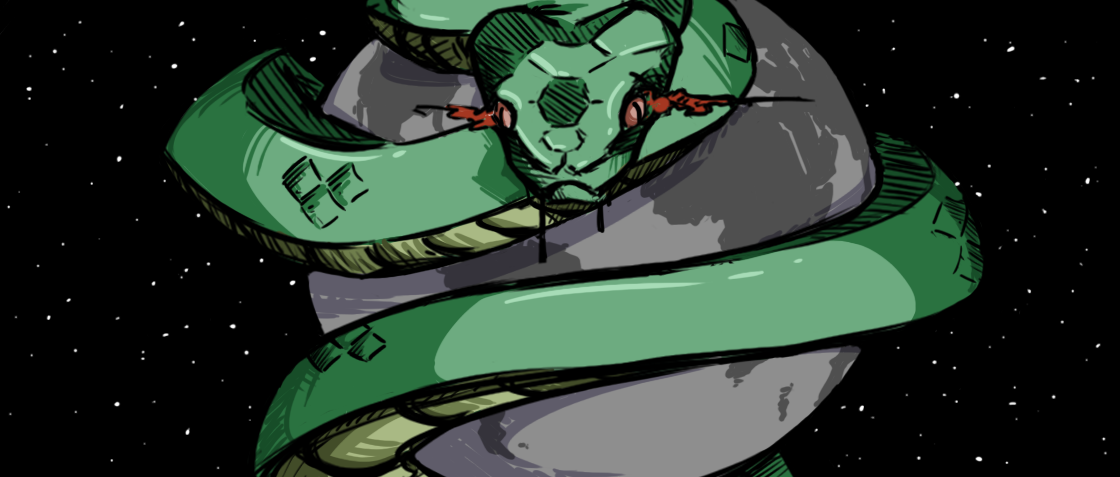


In 1948, the UK government signed off on a large-scale biological warfare operation to
test pathogenic agents at sea.
Dubbed "Operation Harness", the project took place over three months, and saw the exposure of
various bacterias, such as anthrax, brucella and tularemia on animals.
Despite the aid of both U.S. and Canadian personnel, the operation was considered a disastrous
failure that was riddled with issues, with the results ultimately deemed meaningless.
In 1947, UK chiefs of staff had gained approval to perform a large-scale operation to test
pathogenic agents at sea. The trials were set to start on October 26, but this was delayed until
later.
On November 5, 454 personnel set sail from Portsmouth to Antigua.
Trials began in December, and while there is no day-to-day documentation describing the operation,
it is known that it came to an end in February, 1949.
It has been documented that Operation Harness was blighted with difficulties from its inception. The official report for the operation stated that it was "uncommonly lucky" that only one research team scientist became infected by the germs.
According to a BBC article, much of the issues facing the operation were due in large part to the animals used as test subjects:
The sheep and guinea pigs chosen for the experiments proved unsuitable and hundreds had to be shot or "discarded".
Of the 600 sheep shipped from Texas for the trials 500 were shot after it became apparent they were unsuitable while the guinea pigs, sent over in batches of a 1,000, were simply described as "disastrous".
The animals often collapsed from the heat before they even had a chance of being infected by the germs.
And a consignment of 234 rhesus monkeys could only be used in the tests after being treated for pneumonia.
- Unknown
"UK Politics Germ warfare fiasco revealed",
1999
Another account, by Brian Balmer in his book Britain and Biological Warfare: Expert Advice and Science Policy, 1930-65, describes how the germs caused unforseen problems:
The strain of anthrax developed for the trials, for example, had caused test animals to react in an "unexpected and perplexing" way.
- Brian Balmer
Britain and Biological Warfare: Expert Advice and
Science Policy, 1930-65,
2001
The protective suits worn by the scientists was said to be cumbersome to the point of forcing the
wearers to go through a rigorous acclimatisation routine so as not to suffer from heat exhaustion.
Additionally, the space on the boats dedicated to the safe removal of the suits was so small it was
considered "dangerous".
Another issue plaguing the operation was that local radio signals were interfering with the
scientists' remote-controlled sampling equipment for testing the bacteria emissions, triggering
them to activate randomly during the tests.
The location chosen for the operation to take place was the island of Antigue due to its calm
Caribbean waters. The test animals were placed in containers on dinghies and pushed offshore, where
they were sprayed with bacteria or had bacteria bombs dropped on them, in an area where fishing
boats were known to frequent.
Unfortunately, the waters around Antigua were rougher than expected, and the vessels used for
reclaiming the dinghies were unable to do so.
Due to the rougher waters, it was nigh-impossible to take accurate readings of the levels of
bacteria in the atmosphere.